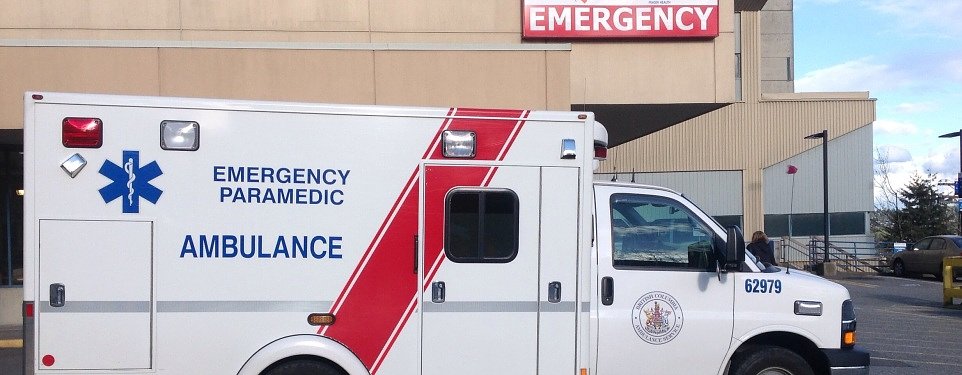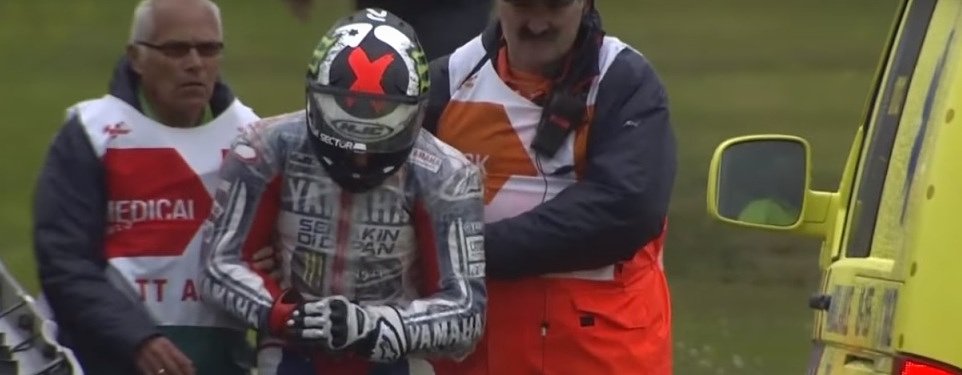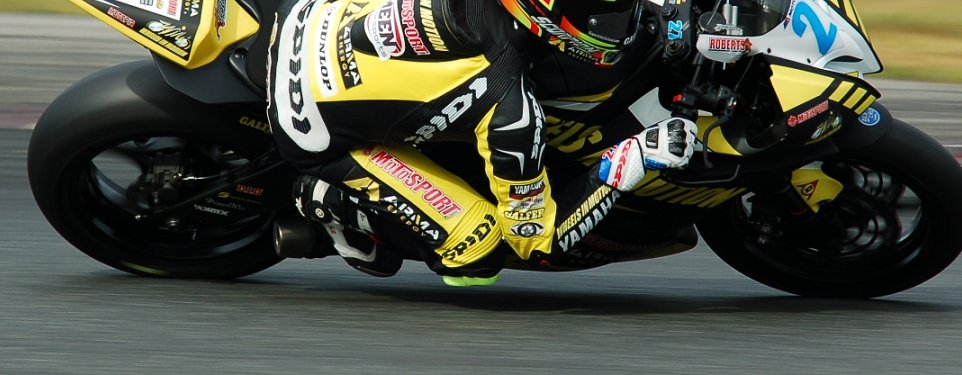A plate of barbeque ribs can be a great excuse for a ride (The Salt Lick in Driftwood, Texas, is my personal favorite joint) but if the ride goes wrong, ribs can be the source of pain.
As Carl Fogarty was reminded during DirtQuake, rib fracture is not uncommon in motorsports, just like other sports such as football, boxing and martial arts. Having sustained many fractured ribs (some ribs multiple times) over the last 40 years, I can sympathize with Carl. Let’s take a look at what happens, how we figure out what you have, and what to do about it.
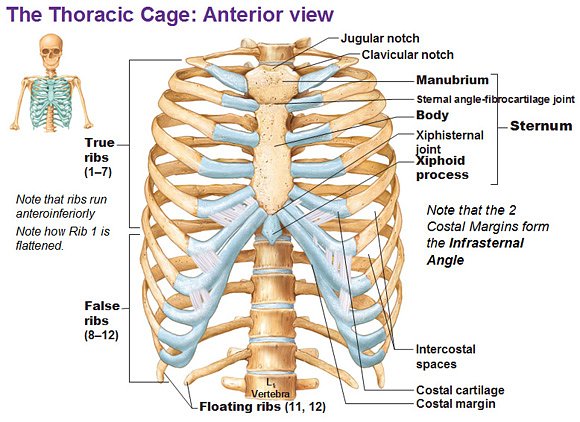
Each rib is joined to the one above and below by muscle. The ability to move your ribs out and away from your body helps with breathing, especially when you need to move a lot of air, like during spirited riding. When you low or high-side and impact the ground — or are squashed by another vehicle, or crash into a tree — and absorb that impact with your chest, your ribs are at risk for fracture. We will leave penetrating injury out of this discussion for now, since that brings with it a separate set of unique issues.
Blunt impact that causes your ribs to flex past their ability to do so leads to fracture. Of course, for any given impact, the more rigid your ribs happen to be, the greater the likelihood of it breaking. This is why kids break their ribs less commonly when crashing than adults. Once you’re over age 65, bone demineralization makes your ribs weak (just like the rest of your bones), which also increases fracture risk. Estrogen changes in women around menopause also accelerate bone demineralization, similarly increasing fracture risk and adding another dimension of risk for female riders.
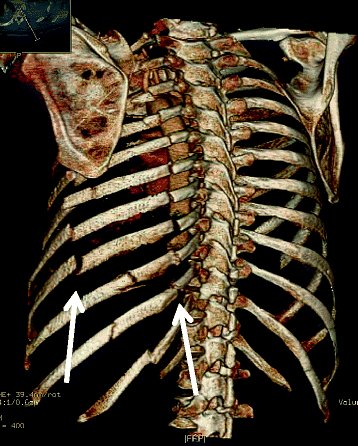
Pain is related to the separated ends of the rib moving against one another (you may feel and hear grinding), as well as the bruising of the surrounding muscles or the nerve that runs under the rib. The major risk from pain is that you will not take a deep breath or cough. This leads to secretions getting stuck deep in your airways, portions of the lung collapsing on itself (atelectasis), and potentially, infection (pneumonia). So how do we reduce pain and help people breathe after rib fracture?
Decades ago, we used to tape the chest wall or bind the chest wall with Ace Wraps, thinking that is was good to limit motion around fractures — just like placing your wrist fracture in a cast. We then learned that limiting chest wall motion increased airway collapse and pneumonia, so we stopped doing that. Instead, we do two things: multi-modality pain control and selective rib fracture repair.
Multi-modality analgesia is something you already know about from an earlier post about weekend warrior syndrome and uses acetominophen, ibuprofen, topical lidocaine (like dental Novocaine) patches, and low-dose opioids as needed. Hospital patients may also have local anesthetics injected or infused around nerves to control pain. In general, ribs heal well enough to return to normal activity in six weeks. You may still have some pain at that time, but the bone healing is sufficiently strong to support your normal human activities, including spirited riding.
What to do if you have 10 fractures, significant lung bruising, or need to be on a breathing machine? How about stabilizing the bones? While a chest cast is not practical nor ideal, rib fracture repair (fixation) may be just what the surgeon ordered – at least for some. To figure that one out, I tracked down Adam Shiroff, MD, FACS, an associate professor of surgery at the University of Pennsylvania who is also the current president of the Chest Wall Injury Society). Yup, there really is such an organization, and no, they do not have cool jackets or shirts.
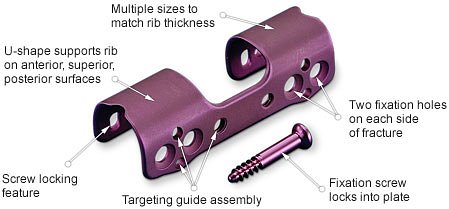
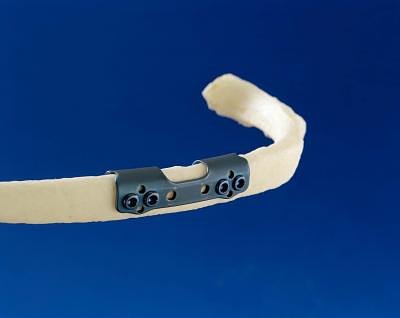
Does surgical repair shorten the time to healing? Nope. Even after repair, six weeks is the magic time frame to safely return to motorcycling. Having broken many ribs, I can tell you from experience that even when the bones are sufficiently healed to return to activity, they will still be sore for about six weeks with vigorous activity. Even after complete healing, you may still have pain that surges with the weather. Fear not, you have lots of company with that one and ibuprofen usually works pretty well. When that is not enough, I always, frequently, sometimes supplement mine with a single malt when not driving or working.
How many ribs have you broken?

 Membership
Membership






